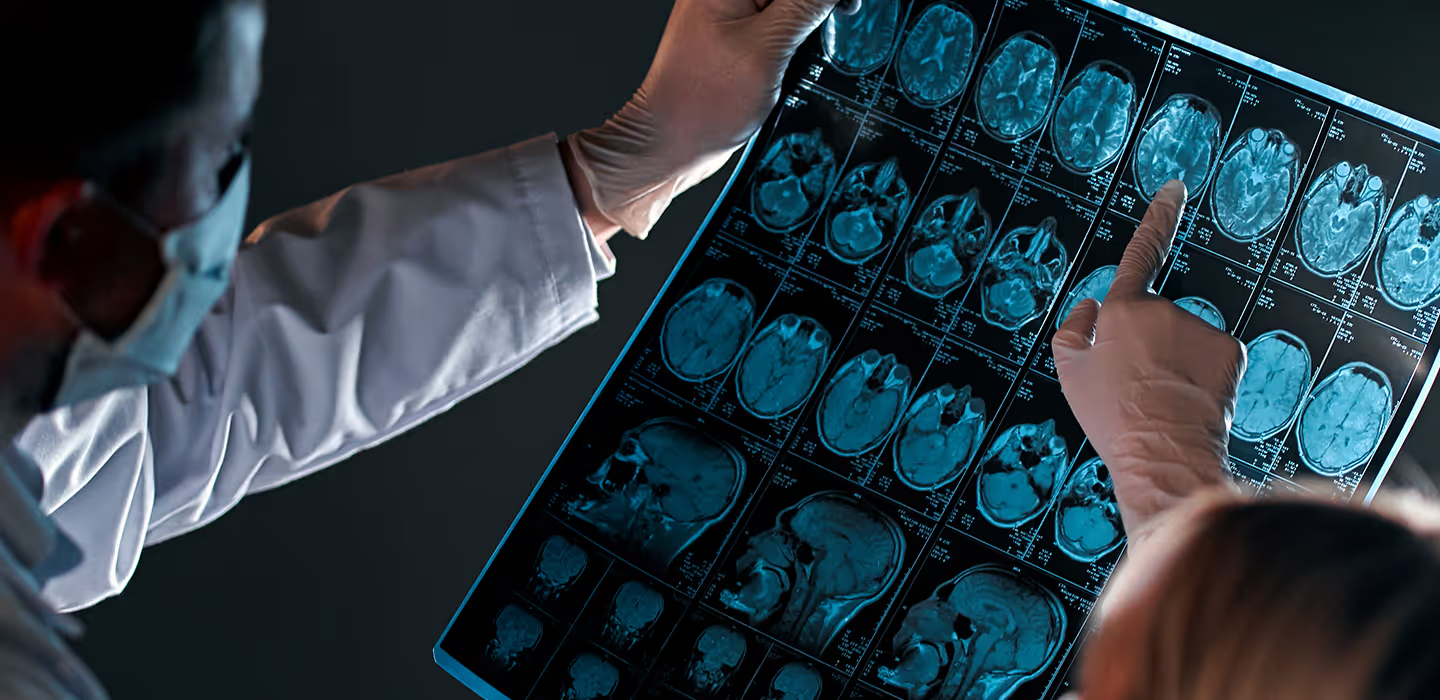Differences between the MS, CMT and ALS

Multiple sclerosis (MS), Charcot-Marie-Tooth disease (CMT) and amyotrophic lateral sclerosis (ALS), also known as Lou Gehrig’s disease in the US, are three neurological diseases that may at first sight resemble each other due to the similarity of their symptoms, especially motor and sensory impairment. However, they are very different indeed, both in their causes and progression mechanisms.
The purpose of this page is to clarify the main differences and similarities between these diseases, so as to better understand each of them. A detailed presentation is supplied of the characteristics of MS, CMT and ALS, as well as information on their symptoms, diagnosis, treatments and research prospects.
Similarities
Neurological impairment: All three diseases affect the nervous system and cause motor and/or sensory impairment.
Chronic progression: All three are chronic, progressive diseases, the symptoms of which grow worse with time.
Mobility impairment: MS, CMT and ALS can all cause muscular weakness and walking difficulties.
Impact on quality of life: All three diseases significantly affect quality of life and require multidisciplinary treatment.
Incurable to date: At this point in time, there is no cure for these diseases. The treatments are intended to manage symptoms and slow down progression.
Differences
Summary
MS (Multiple Sclerosis): Autoimmune disease that affects the central nervous system (CNS), with many different symptoms including motor and sensory impairment, often remitting at the beginning.
CMT (Charcot-Marie-Tooth): Genetic disease of the peripheral nervous system (PNS) that mainly causes distal muscular weakness and atrophy with sensory impairment.
ALS (Amyotrophic Lateral Sclerosis): Neurodegenerative disease that affects the motor neurones, causing swift and often fatal paralysis, but without major impairment of cognitive or sensory functions (with exceptions).
Links between diseases
Myelin repair: The research on myelin in MS (multiple sclerosis) may benefit the demyelinating forms of SMT (Charcot-Marie-Tooth).
Neuroprotection: Progress in slowing down neurodegeneration in MS (multiple sclerosis) may inspire new strategies to protect the nerve fibres in CMT (Charcot-Marie-Tooth) and ALS (amyotrophic lateral sclerosis).
Symptoms common to all three: Progress in muscle weakness, mobility impairment or fatigue management in any of these diseases could be applied to the others.
Gene therapies: The research on gene therapies in ALS (amyotrophic lateral sclerosis) and CMT (Charcot-Marie-Tooth) could have implications for the genetic aspects of susceptibility to MS (multiple sclerosis).
Stay informed
Receive all the information related to research and news from the Belgian Charcot Foundation directly in your inbox.
